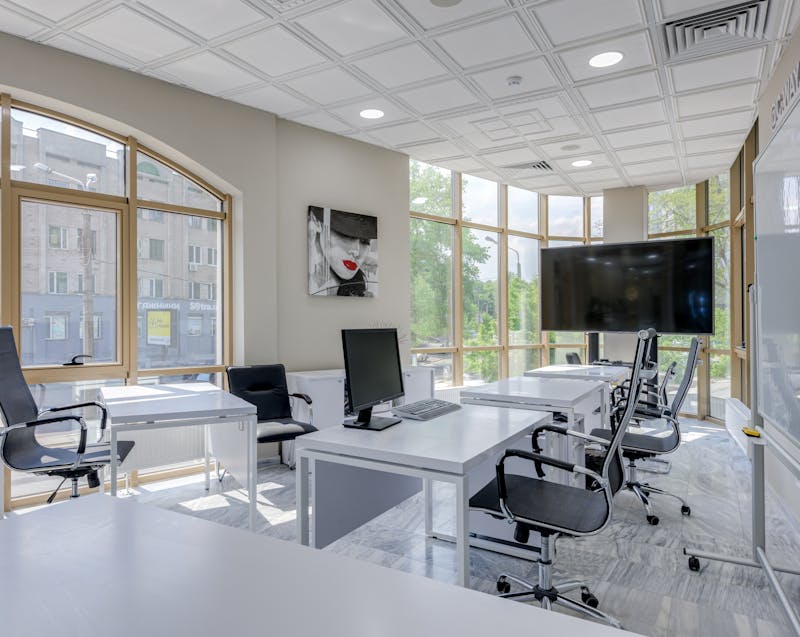In the business of real estate, house flipping is perhaps one of the few strategies that could make any savvy investor skeptical. But despite it being a controversial trend, house flipping has maintained its popularity, all thanks to TV shows like Property Brothers and Masters of Flip. After all, instant gratification, demolitions, and house reveal make for great TV.
So this begs the question, is house flipping still a profitable business? Or should amateur investors steer clear of it completely?
The short answer is that any real estate business model, be it buy-and-hold or flip-and-sell, can be profitable if you do it well. But one may be inherently riskier than the other. Moreover, profitability is mostly influenced by external factors like economic conditions, pandemics, and growth potential.
An important indication that your flip will profit is if there’s strong market demand in your location.

Telltale Signs Your Flip Will be a Flop
In house flipping shows, it’s common to see business owners attending auctions in search of bargain homes. But in reality, as would any experienced foreclosure lawyer would attest to, cheap homes are never cheap. Foreclosed homes, for example, have attractive price tags and would have the potential to give you the most profit, but there’s a huge risk of encountering problems that would hurt your flipping budget.
Here are just some of the issues you’ll come across that could potentially make your house flip a flop:
-
-
-
- Mold problems or water damage – when buying a house at an auction, you won’t get to inspect the house thoroughly. And when you do, one of the most common things you’d find is mold or any kind of water damage. While a little mold won’t hurt and could be easily fixed, there are infestations that would cost you a lot of money, ranging from $1,500 to $2,500. In worst-case scenarios, it could add up to $7,000.
- Careless workmanship – some flippers would do everything to reduce the cost of renovation so they can rake in more profits, and some would even go as far as to hire unlicensed subcontractors to get the job done. This could result in substandard outputs, which could set potential buyers off.
- Issues with the flooring – flooring is one of the most important features of a home, and it’s the first thing a buyer will notice once they enter the house. It’s important to use high-quality materials and make sure they have been installed flawlessly. In fact, most successful flippers would pay a premium on good quality flooring, as it is one of those features that would significantly add up to the after-repair value.
- Pest reports – old houses can have a wide range of pest problems, from termites and cockroaches to wasps and vermin. You should be prepared to address all these issues before you start working on home improvement. Even if you don’t suspect any infestations, it’s still best to hire an inspector to make sure you won’t encounter problems down the road.
- Substandard building materials – when flipping a house, you’d want to attract the right kind of buyers, and these people are typically the ones who would notice if a door isn’t working properly, or the exterior siding looks cheap, or if the structural beams or pillars look flimsy. It’s not always about granite or quartz countertops, sometimes, the littlest details could change a buyer’s mind.
- Asbestos – if you bought an old home to flip, chances are, you’ll have an asbestos problem. Removing it and sealing the area could cost you around $1,000 to $3,000, depending on your location and the size of the job.
- Faulty electrical wirings – for homes that need to be renovated from the ground up, you might need to spend a little extra on rough-in work, which involves laying down the plumbing and electrical system. For complex jobs like this, it’s best to leave them to the professionals.
- Poorly done flips – it’s easy to spot a poorly done flip. Whether you’re flipping a house in an average neighborhood or a high-end market, it’s important to get the renovation right. If you don’t have an eye for design, it may be best to consult with a professional interior designer. While there have been many successful DIY flips, rookie mistakes could cost you your entire capital if you’re not careful.
-
While flipping a house could be an exciting venture for amateur real estate investors, it comes with plenty of risks and challenges. This is why it’s important to have a team of professionals to guide you through the whole process. Flipping houses can be quite lucrative if you have stellar planning, negotiating, and designing skills and a deep understanding of the real estate market.
-





